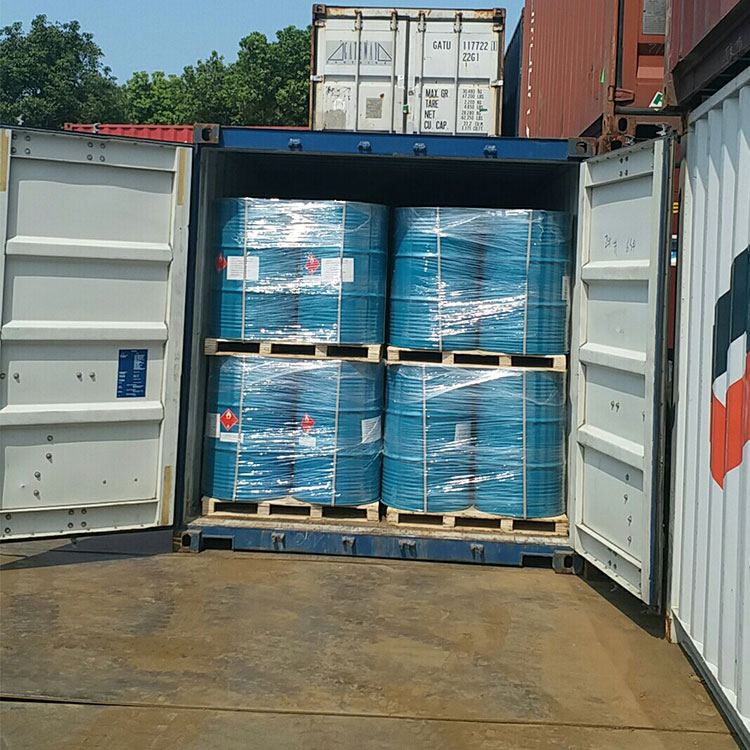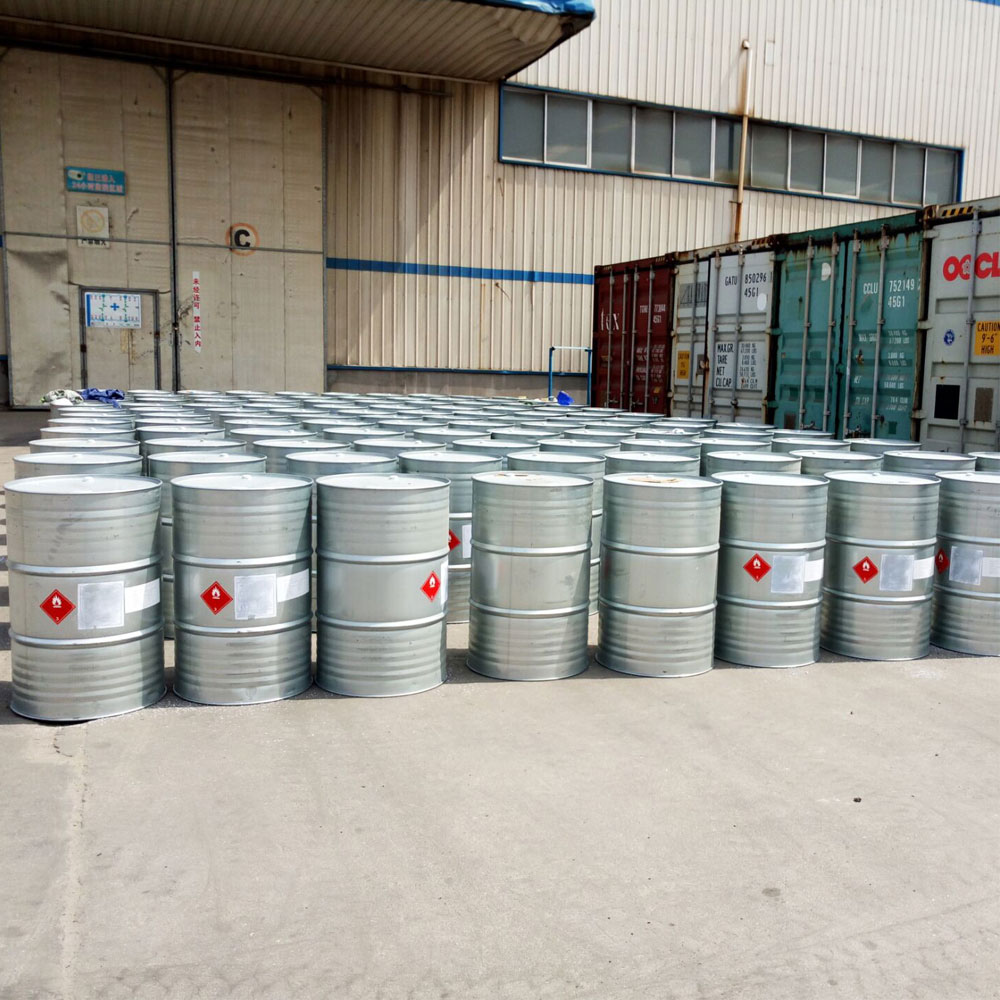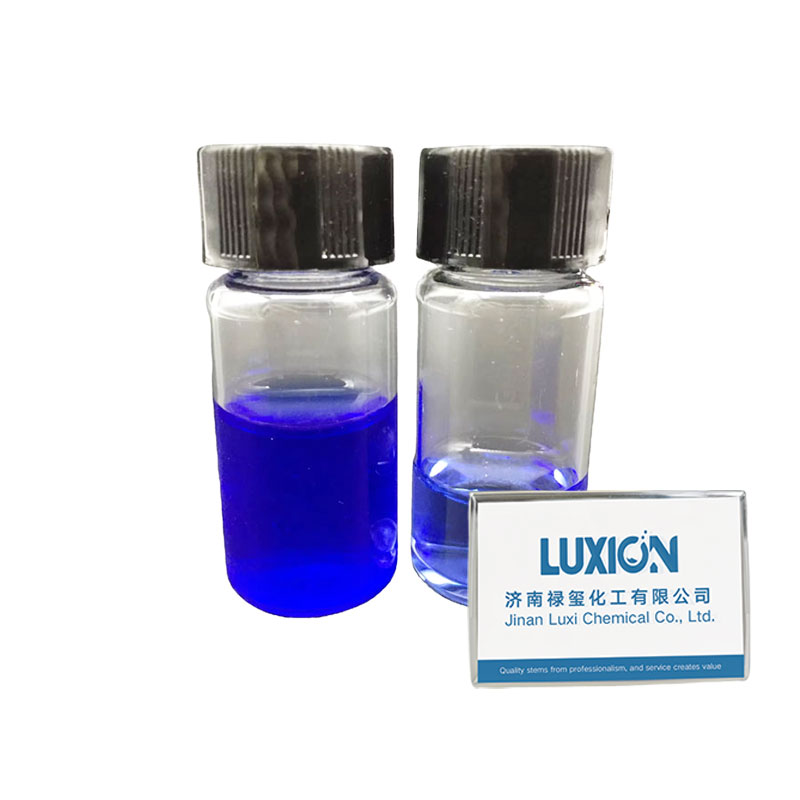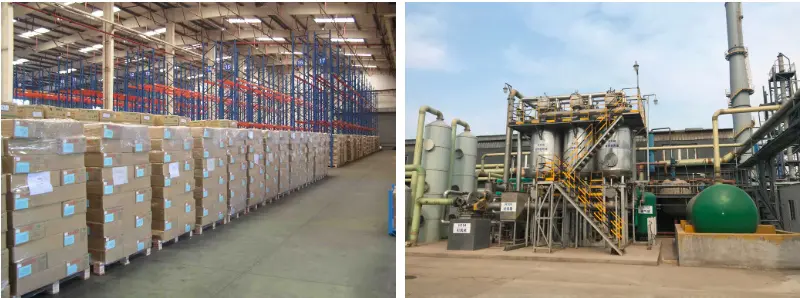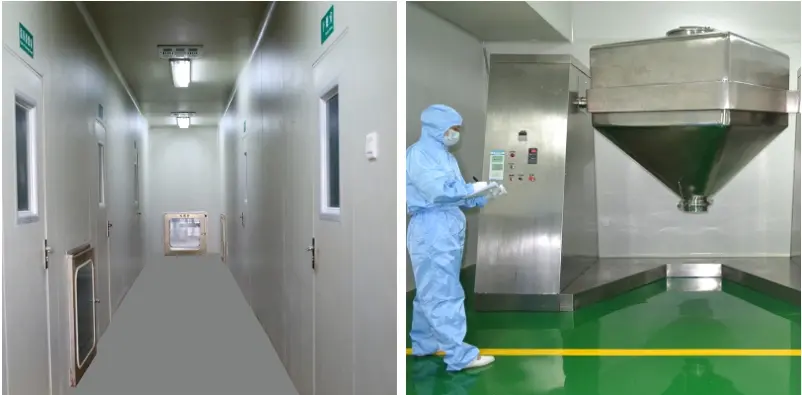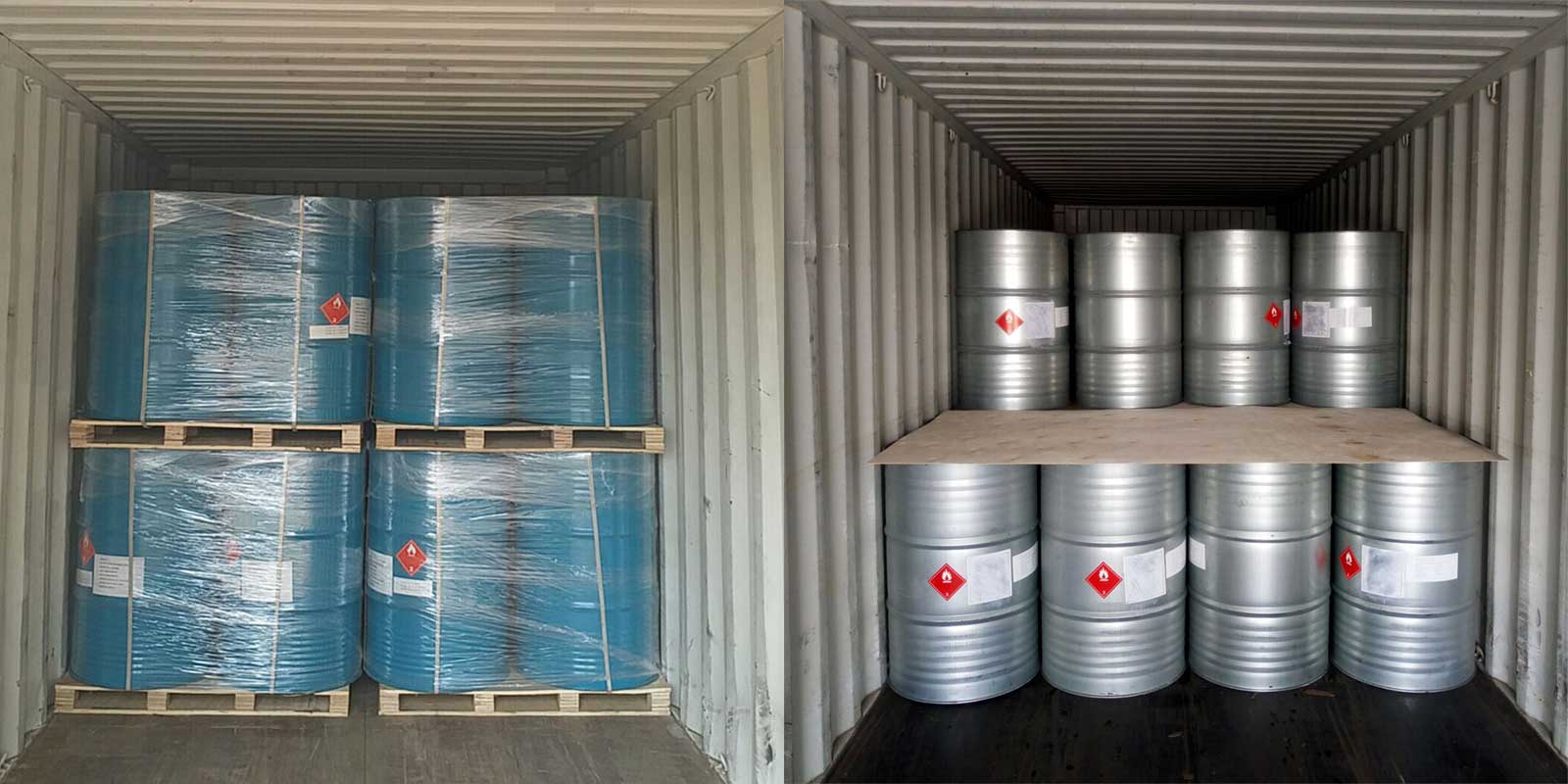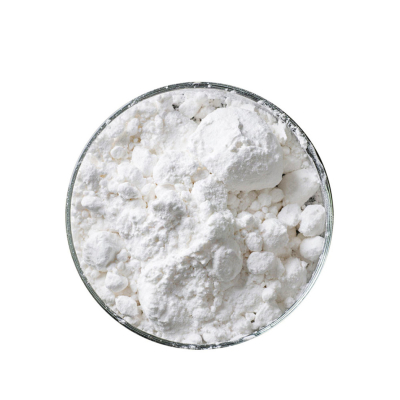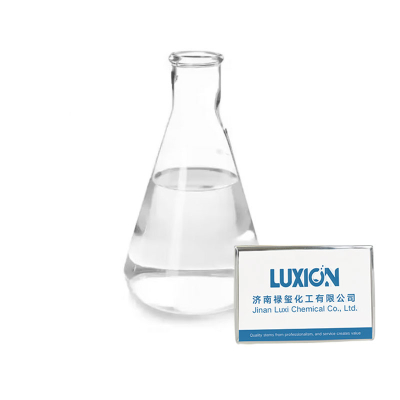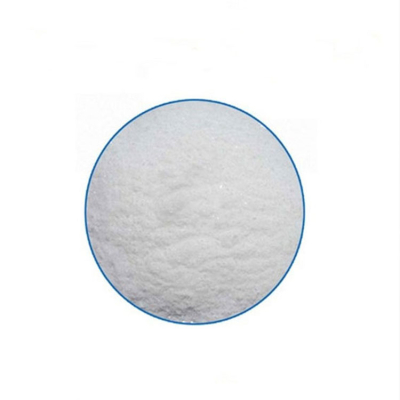Ozone CAS#10028-15-6
Ozone CAS#10028-15-6
Promotion Season Now in Store and Free Sample for Testing with Factory Price
Chemical Name:Ozone
CAS No.:10028-15-6
Molecular Formula:O3
Sample: Available
Mode of Transportation
1. By Air, fast but expensive.
2. By Sea, usual and economy.
3. By Train, suit for middle Asia countries.
4. By Express, suit for small package.
We only provide highest quality goods available, accompanied by after support!
Ozone CAS#10028-15-6
Ozone is highly soluble in water. At 20℃, its solubility is approximately 13 times that of oxygen (about 0.35g/L). The aqueous solution is called "ozone water". Its stability is slightly higher than that of gaseous ozone, but it still needs to be stored away from light and at low temperatures (it can be maintained for several hours below 4℃).
Ozone Chemical Properties |
Melting point | 193℃ |
Boiling point | -110℃ |
density | 1.46 g/cm3 |
vapor pressure | 55kPa at -12℃ |
solubility | slightly soluble in H2O |
form | blue gas |
color | Blue or violet-black solid or unstable colorless gas or dark-blue liquid |
Odor | Pungent odor, detectable at 0.01 to 0.04 ppm; sharp disagreeable odor at 1 ppm |
Odor Threshold | 0.0032ppm |
Water Solubility | 570mg/L at 20℃ |
Exposure limits | TLV-TWA 0.1 ppm (~0.2 mg/m3) (ACGIH, NIOSH, and MSHA), 0.2 ppm (~0.4 mg/m3) (OSHA); IDHL 10 ppm (NIOSH). |
Stability: | Unstable - may decompose spontaneously and violently to oxygen. Mixtures containing a moderate partial pressure of ozone, and pure ozone at even low pressures are both potentially explosive. May react very violently with combustible materials and reducing agents, such as organics. Even small quantities of organic material, such as traces of g |
LogP | -0.87 at 20℃ |
EPA Substance Registry System | Ozone (10028-15-6) |
Safety Information |
RIDADR | 1956 |
OEL | Ceiling: 0.1 ppm (0.2 mg/m3) |
HazardClass | 2.2 |
Hazardous Substances Data | 10028-15-6(Hazardous Substances Data) |
Toxicity | LC50 inhal (rat) |
IDLA | 5 ppm |
Product Usage
Ozone has a wide range of applications. In the field of water treatment, it can be used to disinfect drinking water to replace chlorine and avoid carcinogenic by-products. It can also be used to treat industrial wastewater from dyeing and pharmaceutical industries as well as urban sewage tail water to decolorize and degrade pollutants. Moreover, it can improve the water quality of aquaculture.
Factory and Equipment Show
Fast transport time
Inventory 2-3 working days New manufacturing 7-10 working days




